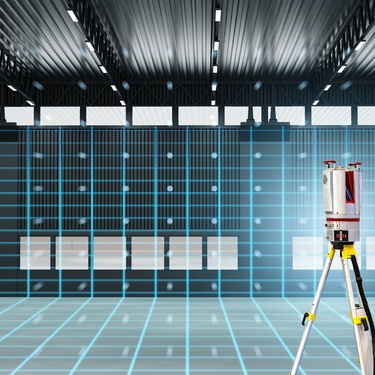
Reaction injection molding is a popular manufacturing process used across several industries. The process is used on automotive parts such as fenders and bumpers to medical equipment. There are also a myriad of items that can be encapsulated with RIM, such as batteries and antennas. As hinted by its popularity, the benefits of reaction injection molding are numerous. But first, what exactly is RIM?
Defining RIM
Reaction injection molding (RIM) is similar to injection molding, except that RIM materials are placed into the mold as low-temperature liquids. Once the liquids are poured into the mold, chemical reactions occur. This reaction creates durable, lightweight, and complex components with relative ease. Designers also have more freedom in designing products made through the RIM process, resulting in more innovative items.
The benefits listed in RIM’s definition are only the tip of the iceberg. Below is a list of other benefits of reaction injection molding:
Cost-Effectiveness
Reaction injection molding is more cost-effective than other manufacturing processes for numerous reasons. For one, RIM is more affordable for lower production volumes than traditional injection molding. In addition, the tooling required by RIM is less expensive than tooling required for injection molding. RIM is more affordable in terms of labor costs, as fewer laborers are required to do the job than there are in the injection molding process.
Design Freedom
RIM gives designers and engineers more design freedom when brainstorming innovative products. For instance, RIM allows for the creation of one product with varying wall thicknesses. This means engineers don’t have to design multiple different parts of different thicknesses. In the same vein, RIM gives manufacturers the ability to consolidate parts, whereas sheet manufacturing does not.
Environmentally Friendly
Another benefit of reaction injection molding is that it is environmentally friendly. The RIM process requires less energy consumption than traditional injection molding, making it a great green option for manufacturers.
More Floor Space
Injection molding equipment tends to take up quite a bit of floor space. RIM equipment, on the other hand, does not. That means facilities with RIM equipment enjoy more precious floor space.



















